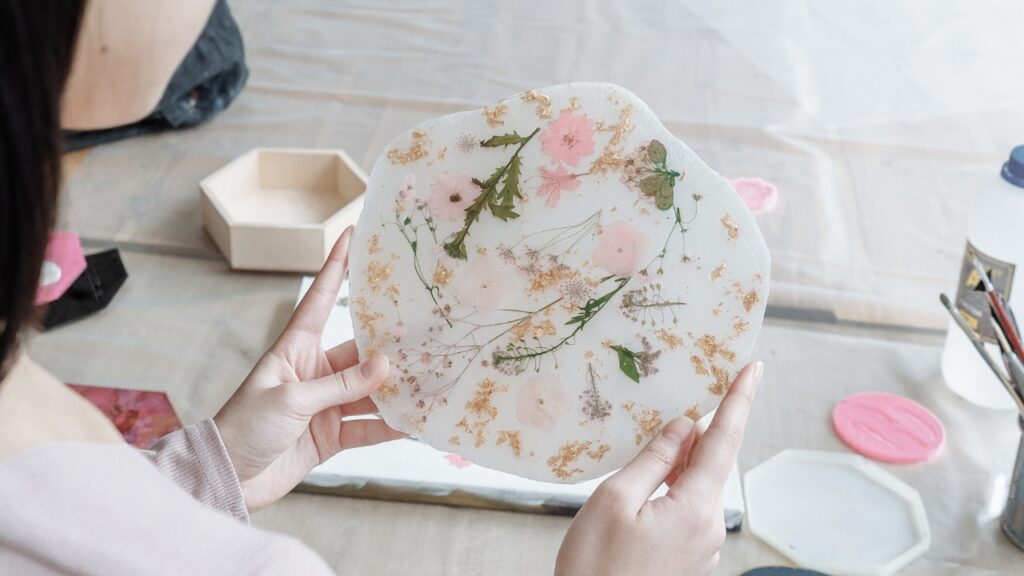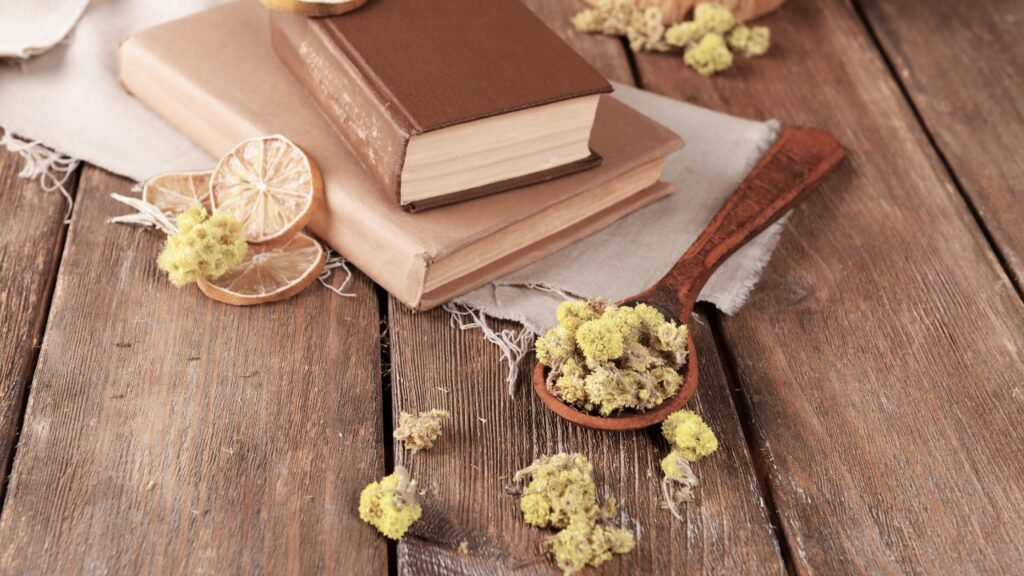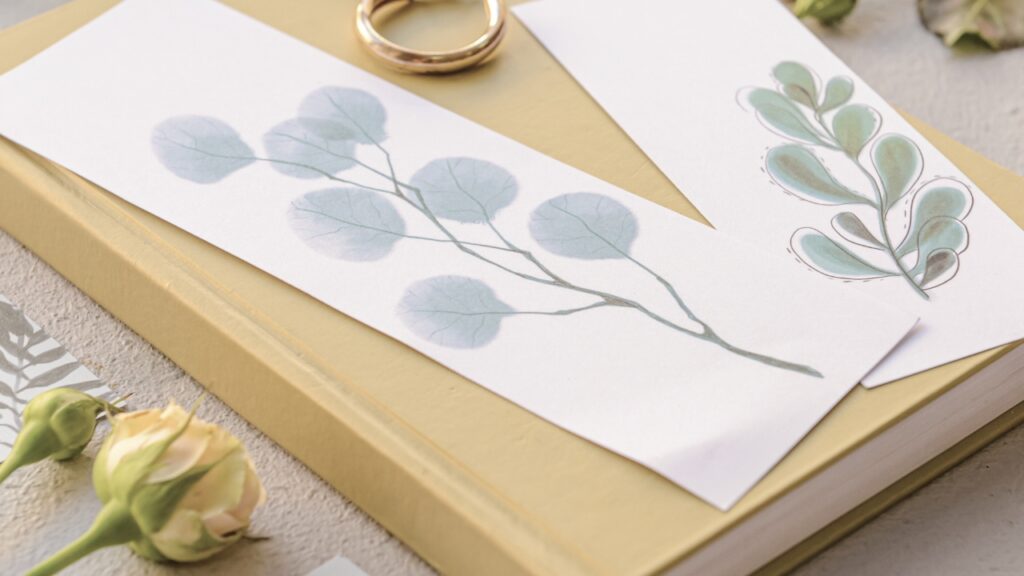Using Fresh Flowers In Resin: GUIDE
We are answering your question: Can you put fresh flowers in resin?
The art of embedding fresh flowers in resin is a fun craft for all kinds of things like jewelry or coasters.
The ability to preserve flowers in a translucent and durable medium has opened up a world of artistic possibilities.
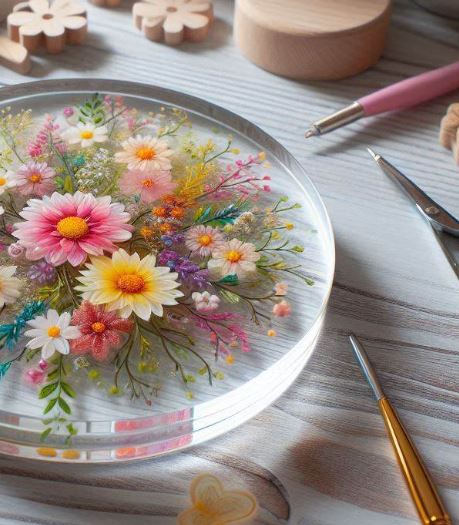
Using Fresh Flowers In Resin
Can You Use Fresh Flowers In Resin?
While it is technically possible to embed fresh flowers in resin, there are important factors to consider. Fresh flowers contain moisture, which can lead to wilting, discoloration, and shrinkage. To preserve the delicate beauty of flowers in resin, it is crucial to dry the flowers thoroughly and choose sturdier blooms.
So the quick answer is yes, but if you want your flowers to look their best, then they absolutely must be dried first. A flower press kit is one of the ways you can preserve flowers.
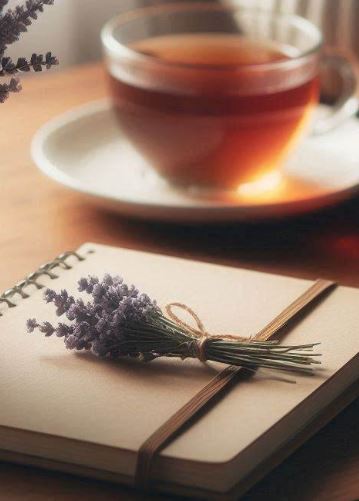
Keep in mind that fresh flowers will never look the same after pouring on the resin, so use this guide for experimenting with. Not for preserving a wedding bouquet or flowers of importance, you will ruin them completely.
For those special flowers, they must be dried first!
Reasons not to use fresh flowers in resin
1. Flowers Are Delicate
Fresh flowers, with their delicate petals and moisture-rich composition, present challenges when it comes to preserving them in resin.
The process using fresh flowers in resin involves a curing period where the resin hardens, creating a durable and glossy finish.
However, the fragile nature of fresh flowers makes them prone to wilting, discoloration, and shrinkage when subjected to the resin’s curing process.
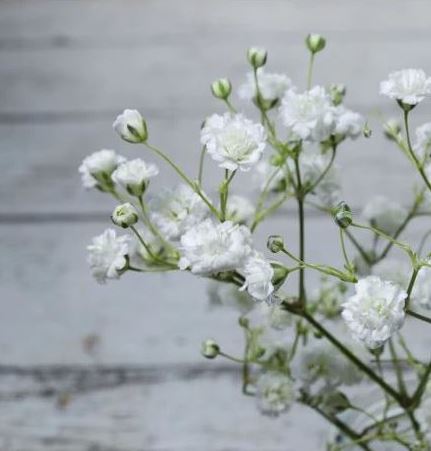
2. Moisture Content
One of the most important factors is that flowers contain moisture. The moisture content present in fresh flowers can pose challenges when working with resin. The resin curing process involves a chemical reaction that generates heat, and moisture within the flowers can be problematic.
The heat can cause the moisture to evaporate, resulting in bubbles or pockets of trapped air within the resin. These air bubbles can mar the clarity and smoothness of the final piece.
By drying the flowers first, the moisture will be removed.
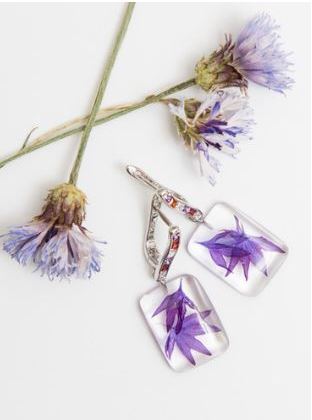
The moisture within the flowers can potentially lead to discoloration, decay, or even mold growth within the resin over time.
As the resin cures, it may react with the organic matter in the flowers, causing them to change color or darken.
3. Chemical Reactions
Some flowers contain natural oils, pigments, or sap that can react with the resin and cause discoloration or other undesirable effects. Resin may also react with the flower’s cellular structure, altering its appearance.
4. Flowers Can Distort In Resin
Fresh flowers can indeed distort when embedded in resin due to their delicate nature. The resin curing process generates heat, which can cause the petals and stems of fresh flowers to wilt, shrink, or change shape.
The heat can accelerate the wilting process, resulting in a distorted appearance. Additionally, the weight of the resin can cause the flowers to shift or sink, further altering their original form.
5. Not All Resin Is For Flowers
Not all types of resin are suitable for embedding fresh flowers. When working with flowers in resin, it is important to choose a resin specifically formulated for this purpose.
Epoxy resin, in particular, is commonly used for flower embedding due to its clarity, durability, and ability to withstand the heat generated during the curing process.
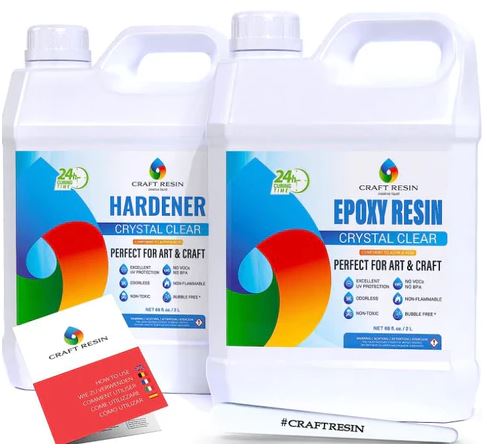
Epoxy resins designed for crafts and art projects often have low viscosity, allowing them to flow easily around the delicate petals and intricate details of the flowers.
These resins also provide UV resistance, which helps prevent color fading and yellowing over time.
6. Color Fading
When fresh flowers are embedded in resin, there is a risk of color fading over time. This occurs due to the reaction between the flowers’ pigments and the resin, as well as exposure to light and UV radiation.
Some flowers are more prone to fading than others, especially those with delicate or light-colored petals.
7. Preservation Challenges
Fresh flowers are delicate and require specific preservation techniques to maintain their shape and color.
The resin curing process and the heat it generates can damage the flowers, making it difficult to preserve their original form.
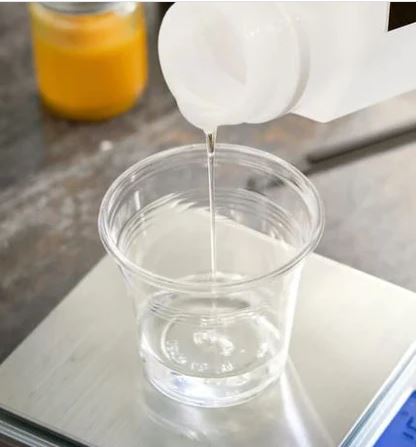
8. Air Entrapment
Fresh flowers have intricate shapes and irregular surfaces, making it difficult to remove all the air bubbles during the resin casting process.
Trapped air bubbles can affect the clarity and overall quality of the resin piece.
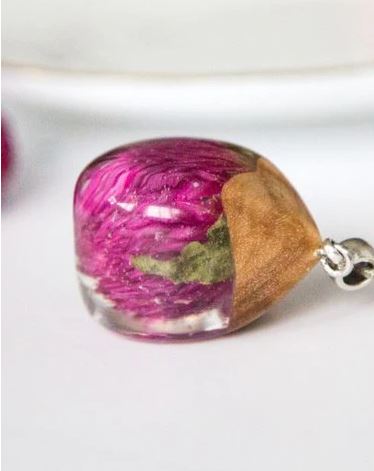
9. Flower Petal Fragility
Fresh flowers have intricate shapes and irregular surfaces, making it difficult to remove all the air bubbles during the resin casting process.
Trapped air bubbles can affect the clarity and overall quality of the resin piece.
Fresh flowers are inherently delicate and fragile by nature. Their petals, stems, and leaves are designed to be flexible and easily damaged.
When placed in resin, the weight and pressure of the liquid can cause the flowers to become distorted or even break.
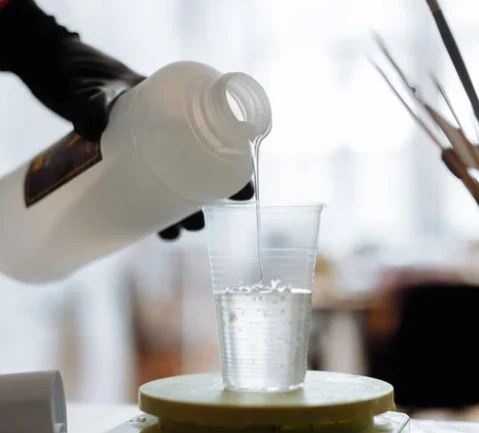
Resin is a viscous material that hardens into a solid form. When poured over fresh flowers, it can put stress on their delicate structures.
The weight of the resin can cause petals to bend, fold, or lose their original shape.
Also, the pressure applied during the curing process can also flatten or deform the flowers, resulting in an unappealing appearance.
10. Mold And Mildew
Flowers contain organic material that can promote the growth of mold and mildew when trapped in resin.
The moisture and nutrients present in the flowers provide an ideal environment for these microorganisms to thrive, potentially leading to unpleasant odors, discoloration, and deterioration of the resin piece.
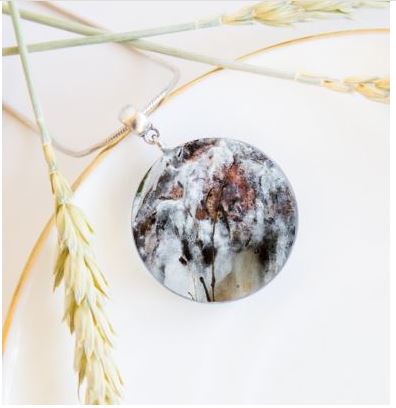
In conclusion:
While fresh flowers may initially seem like an appealing choice for resin art, there are several reasons why they are not ideal.
Their high moisture content, tendency to wilt and decay, color fading, and potential chemical reactions with resin are just a few factors that can affect the overall quality and longevity of the resin piece.
Additionally, the fragility of fresh flowers makes them prone to damage during the resin casting process.
Next check out what the best resins to use for flowers.

